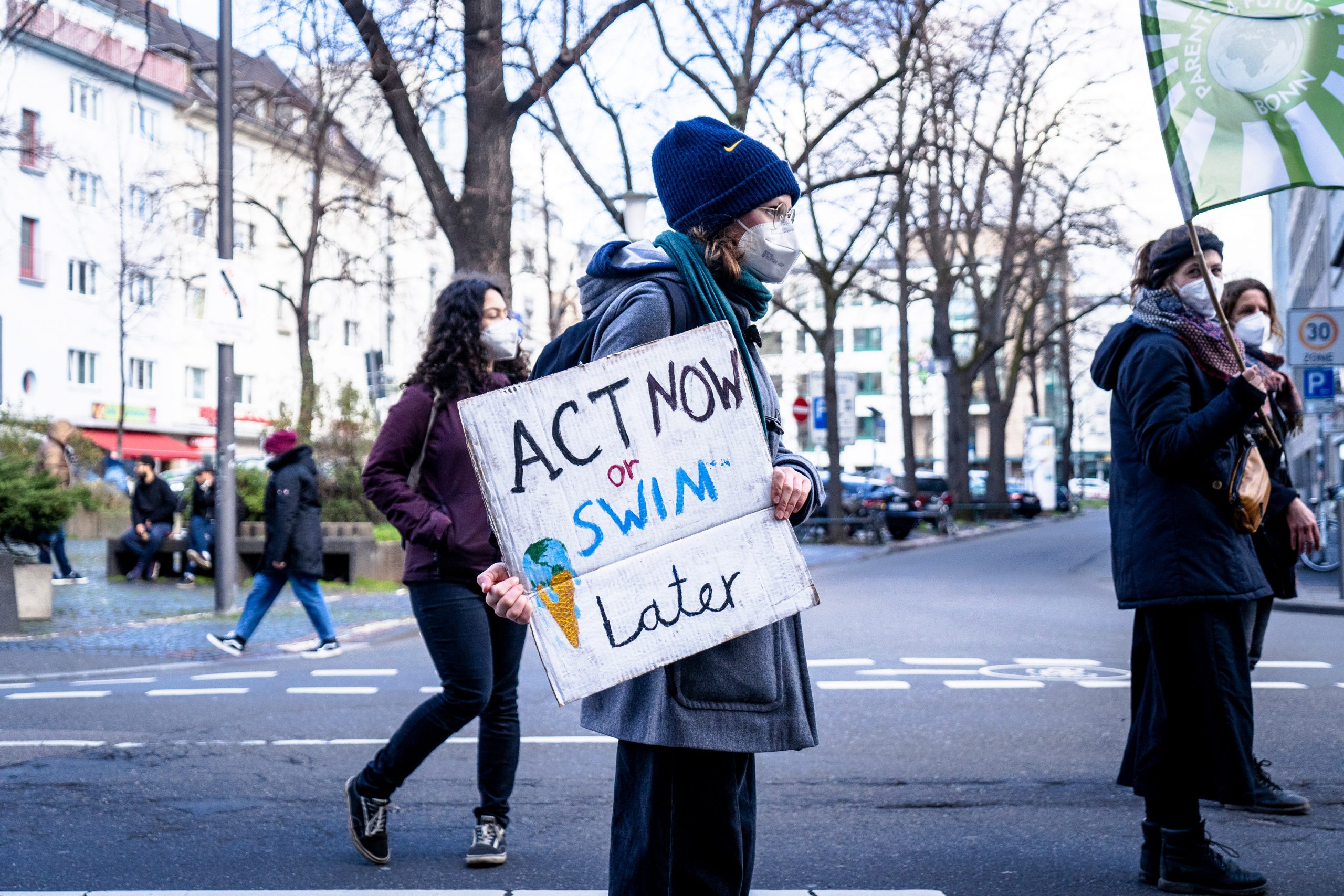The gap between what should be done to reduce greenhouse gases emissions and what is currently occurring is larger than ever, according to the Emission Gap Report by UN Environment. The flagship publication annually presents the assessment of the so-called ’emissions gap’ – the gap between anticipated emission levels in 2030, compared to levels consistent with the Paris thresholds of 2°C and 1.5°C of global temperature increase.
Evidence outlined in this year’s Gap Report shows global emissions have reached historic levels at 53.5 GtCO2e, with no signs of peaking. Similar conclusions have been reported in the latest Greenhouse Gas Bulletin of the World Meteorological Organization and in the IEA’ 2018 World Energy Outlook, released in the past weeks.
Even assuming that countries act on their pledges under the Paris climate pact, global emissions will continue to rise and the global average temperature is projected to increase by about 3.2°C by the end of this century. To stay in line with the Paris targets, countries’ efforts must triple to meet the 2°C goal and increase fivefold to meet 1.5°C, say the authors of the Emission Gap Report.
These findings recall the key messages of the IPCC Special Report on 1.5 ° C, according to which rapid, far-reaching and unprecedented changes are required to stay below the most stringent threshold (and have a better chance of avoiding the most severe and dangerous impacts of climate change).
“If the IPCC report represented a global fire alarm, this report is the arson investigation,” said UN Environment Deputy Executive Director Joyce Msuya. “The science is clear; for all the ambitious climate action we’ve seen – governments need to move faster and with greater urgency. We’re feeding this fire while the means to extinguish it are within reach.”
In its annual statement on the state of the climate, the U.N. World Meteorological Organization said the long-term warming trend has continued in 2018, with the average global temperature in the first ten months of the year at nearly 1°C above the pre-industrial levels. This year is heading to be the fourth highest on record. The 20 warmest years on record have been in the past 22 years, with the top four in the past four years, WMO says.
“We are not on track to meet climate change targets and rein in temperature increases,” said WMO Secretary-General Petteri Taalas. “Greenhouse gas concentrations are once again at record levels and if the current trend continues we may see temperature increases 3-5°C by the end of the century. If we exploit all known fossil fuel resources, the temperature rise will be considerably higher,” he said.
The magnitude of these findings adds further pressure and urgency on the upcoming COP24 climate summit starting on 2 December in Katowice, Poland, where government representatives will gather to finalize the implementation guidelines of the 2015 Paris Agreement (a.k.a. the Paris “rulebook”) and discuss ways to step up ambition.
UNFCCC negotiations on the rulebook have proceeded slowly in past months, due to a long-standing divide between developing and developed countries on responsibilities and duties, and poor progress on climate finance issues, with poorer countries asking wealthier counterparts to provide more guarantee on the promise of at least USD 100 billion a year in climate finance by 2020. Among others, critical discussions in Katowice are expected to cover the transparency framework, the global stocktake, the operation of the compliance committee, and the accounting rules for financial resources disbursed and used.
On the positive side, two recent analyses conducted by the UNFCCC show that some steps have already been taken towards building a climate neutral and resilient future, especially thanks to the active engagement of local authorities, municipalities and the private sector.
Enlarge

The UNFCCC Yearbook for Global Climate Action takes account of some 9,000 commitments from cities, regions, businesses, investors and civil society, incorporating 128 countries (16 percent of the global population), around 240 states and regions and more than 6,000 businesses representing USD 36 trillion in economic activity.
The Talanoa Dialogue’s Synthesis Report, which collects and summarizes almost 500 inputs from governments, business, and civil society organizations, describes how action to build a low‐emission and climate‐resilient society is expanding and it is generating opportunities for economic and jobs growth, and improvements in public health, energy, and food security.
Despite the acknowledgment that emissions and global average temperature are still on the rise, with harmful effects already being felt across the world, the report points to an untapped potential for climate action that can exponentially drive the transition towards a low carbon economy. “The key factor to get there is will”, the report says. “The Paris Agreement demonstrated what is possible when leaders are committed and ambitious: achieving the long‐term goal will require the same level of political momentum to be maintained and that climate action remains at the top of the political and/or strategic agenda of leaders at all levels”.
Read more:
COP24 main page
UN Environment 2018 Emission Gap Report (main page and interactive visualization)
WMO Provisional Statement on the State of the Climate in 2018
UNFCCC Talanoa Dialogue Synthesis Report
UNFCCC Yearbook for Global Climate Action 2018
Latest WMO Greenhouse Gas Bulletin (in Foresight)
IEA 2018 World Energy Outlook (in Foresight)
Intergovernmental Panel on Climate Change (IPCC) special report on Global Warming of 1.5°C (in Foresight)






